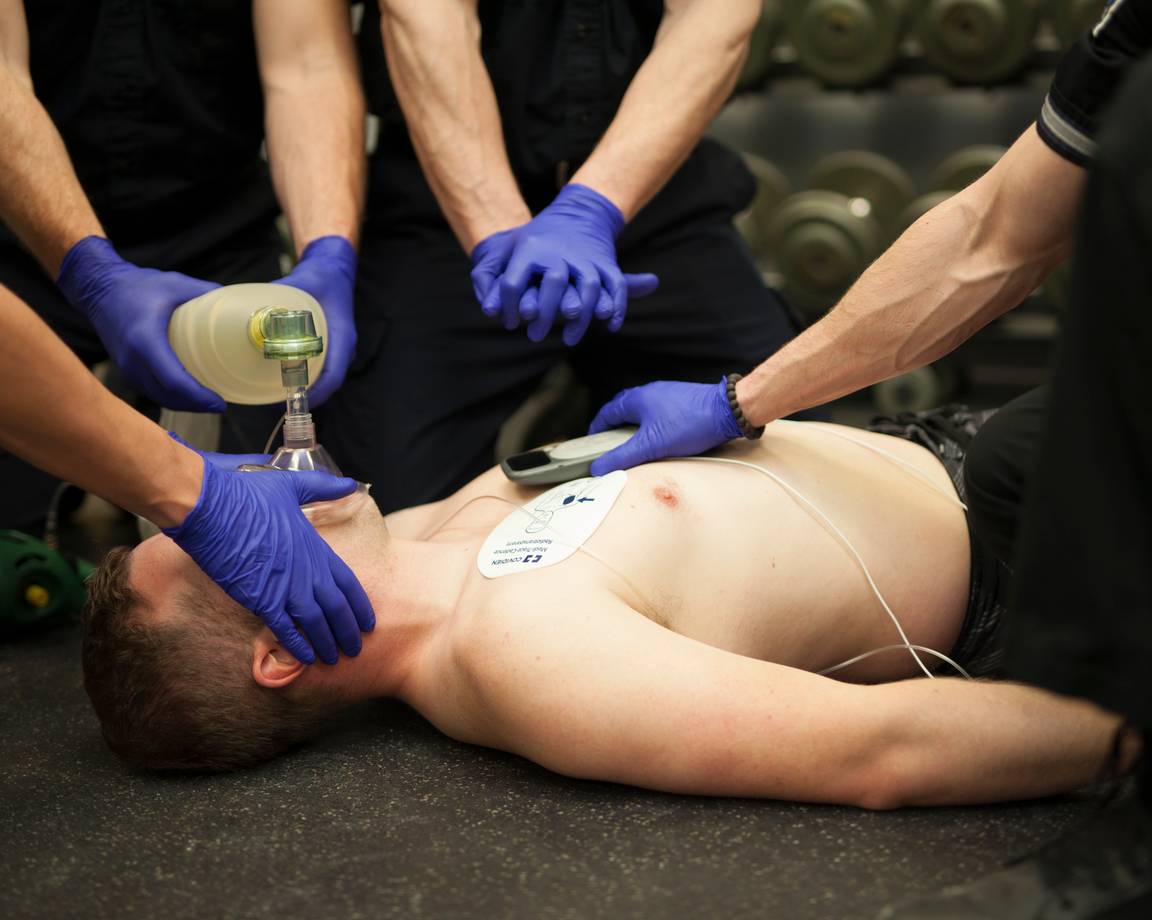
Preparing for Mass Casualty Events
An accident, a mass-tragedy, or a natural catastrophe all share the fact that they occur suddenly and without warning. EMS must train to navigate unfamiliar environments and treat multiple patients all at once.
Addressing the Rising Opioid Crisis
As the toll of opioid overdose deaths has steadily continued to rise over the past decade, public awareness has also increased. In addition to treating overdosing patients, EMS systems are now beginning to educate their communities about the treatment of a drug victim.
Training Bystanders in Bleeding Control
Hemorrhage is the second leading cause of death for patients in the pre-hospital environment. Bystanders, who are present on the scene before professional rescuers arrive, require training and confidence to step in and help save a life.
Putting Emphasis on First Responder Safety
During an emergency call, EMTs and paramedics can find it difficult to protect themselves from potential threats. This is why many EMS systems are working to implement and reinforce compliance with infection control guidelines.
Identifying and Treating Sepsis
Each year in the U.S., more than 1.5 million people get sepsis and 250,000 people die from it. EMS plays an integral role in identifying sepsis early and administering antibiotics immediately.
Improving Stroke Recognition
When a victim is experiencing a stroke, the EMS call can come in as any combination of symptoms. EMTs and paramedics must train to identify a stroke quickly and accurately to minimize brain injury.
Training for Team Dynamics in Resuscitation
Today, 40 communities across the nation rigorously measure and report on cardiac arrest survival rates. These EMS systems focus on quality CPR and effective teamwork to improve patient outcomes.
